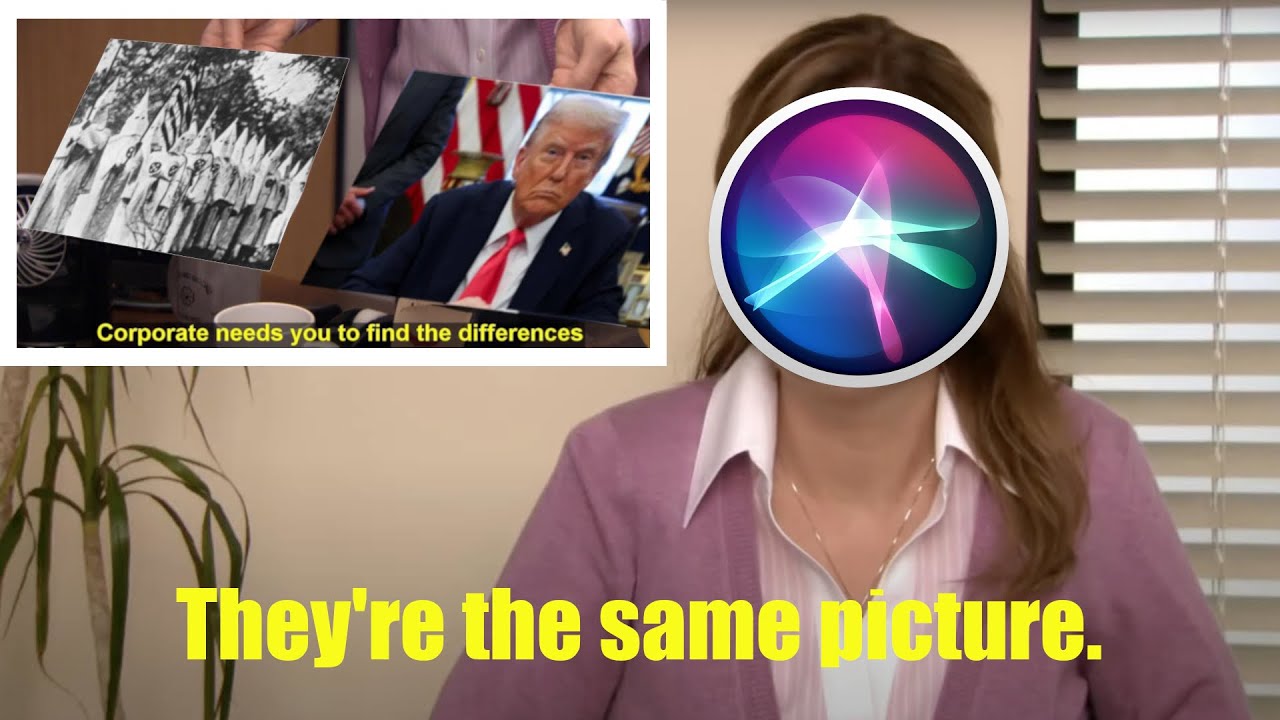The video highlights a bug in Apple’s AI transcription tool that mistakenly transcribes “racist” as “Trump,” raising concerns about potential political bias and the adequacy of Apple’s explanation attributing the error to phonetic overlap. The narrator critiques the lack of transparency in addressing the issue and speculates on the AI’s learning process as a possible cause for the error, inviting viewers to share their thoughts on the matter.
The video discusses a peculiar bug in Apple’s AI transcription tool, which has been transcribing the word “racist” as “Trump” when users dictate the former. This issue has sparked political controversy, particularly given the current political climate in the United States. The narrator reflects on their experience with speech-to-text tools, noting that while such systems can make mistakes, the specific error of confusing “racist” and “Trump” seems to go beyond typical phonetic overlap.
Apple has acknowledged the bug, attributing it to phonetic overlap, a term that refers to words that sound similar but have different meanings. However, the narrator argues that this explanation is inadequate, as “Trump” and “racist” do not sound alike in any significant way. The narrator expresses disbelief at Apple’s reasoning, suggesting that a more honest approach would have been to admit the complexity of the issue and that they are investigating it further.
The video also touches on broader concerns regarding political biases in big tech services. The narrator compares this incident to previous controversies involving Google and Meta, where search results and hashtags appeared to show bias against certain political terms. They suggest that while these companies often provide explanations for their algorithms, Apple’s response to this bug feels more like an attempt to downplay the situation rather than address it transparently.
The narrator speculates that the bug might be a result of the AI’s learning process, where it associates “Trump” and “racist” due to their frequent co-occurrence in discussions and searches. They propose that the AI could be misinterpreting the context in which these words are used, leading to the erroneous transcription. Additionally, they suggest that some users might have text substitution settings that could inadvertently influence the AI’s behavior.
In conclusion, the narrator emphasizes the challenges of proprietary software like Apple’s, which limits transparency and understanding of such bugs. They invite viewers to share their thoughts on the issue and speculate on the potential causes of the transcription error. The video ends with a call to action for viewers to engage with the content and check out the narrator’s merchandise, highlighting the blend of commentary and promotion typical of online video creators.
